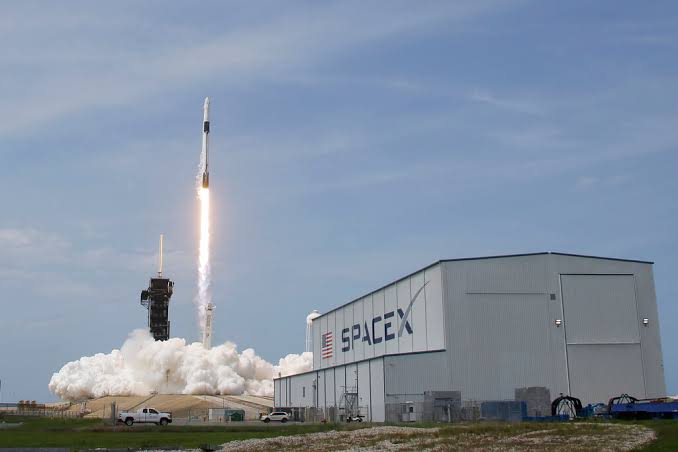In a dramatic setback for SpaceX’s ambitious Starship program, the upper stage of the most powerful launch system ever built exploded midflight during its eighth test flight on Thursday. The uncrewed mission, intended to demonstrate the next generation of space transportation technology, ended in failure less than 10 minutes after liftoff, disrupting air traffic across Florida and sending shockwaves throughout the aerospace community.
A High-Stakes Test Flight
At 5:30 p.m. CT (6:30 p.m. ET) from SpaceX’s Starbase facility in South Texas, the Starship spacecraft, attached to its towering 232-foot Super Heavy booster, soared into the sky. The flight was part of SpaceX’s ongoing effort to push the limits of its revolutionary Starship design—a vehicle expected to carry humans and cargo to the Moon, Mars, and beyond. For nearly three minutes, all systems appeared nominal. The Super Heavy booster executed a flawless separation maneuver, positioning itself for a successful landing in the “chopsticks” arms of SpaceX’s launch tower near Brownsville, Texas, marking the third time the company has accomplished this critical booster catch.
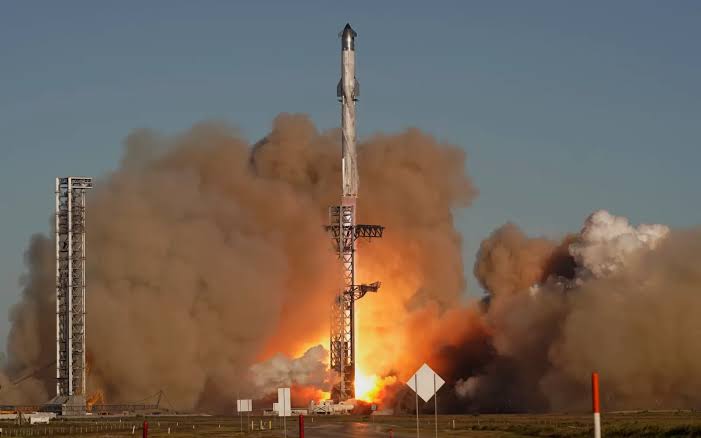
Yet, the optimism was short-lived. Less than ten minutes into the flight, anomalies began to emerge. Several Raptor engines on the Starship’s upper stage started cutting out, and the spacecraft began to tumble violently. As engineers and enthusiasts around the globe watched the livestream in suspense, contact with the Starship was abruptly lost. Dan Huot, SpaceX’s communications manager, explained on the broadcast, “Once you lose enough of those center engines, you’re going to lose attitude control. And so we did see the ship start to go into a spin, and at this point, we have lost contact with the ship.”
Engine Failure and Loss of Control
SpaceX later released a statement that shed light on the catastrophic sequence of events. “Prior to the end of the ascent burn, an energetic event in the aft portion of Starship resulted in the loss of several Raptor engines,” the update read. The failure of these engines precipitated a loss of attitude control, which ultimately led to the breakdown in communications with the spacecraft. Final contact with Starship occurred approximately 9 minutes and 30 seconds after liftoff.
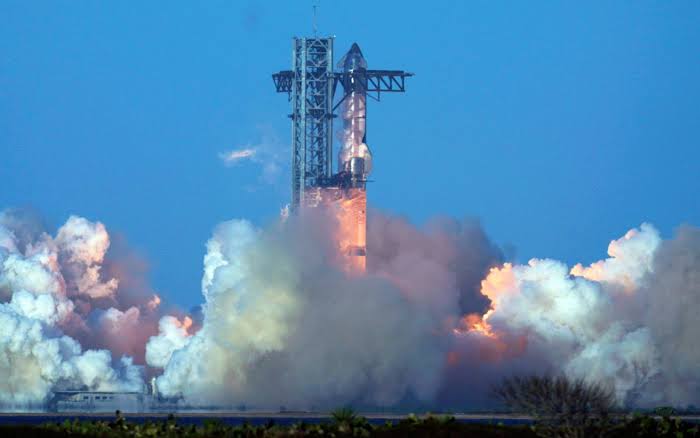
This incident marks the second consecutive failure of the Starship vehicle this year—a troubling trend for SpaceX as it seeks to demonstrate reliable and safe operations for its next-generation launch system. The explosion, which sent debris scattering over parts of Florida and the Caribbean, is reminiscent of a similar malfunction that occurred during Flight 7 in January. In that previous test, the Starship had exploded over populated islands in Turks and Caicos, raising concerns about public safety and environmental impact.
Disruption of Florida Air Traffic
The explosion’s effects were not confined to the launch pad. In a swift response to the unfolding incident, the Federal Aviation Administration (FAA) halted flights into Miami, Fort Lauderdale, Palm Beach, and Orlando airports. The FAA’s decision was driven by the risk posed by falling space debris, a consequence of the malfunctioning Starship. Temporary groundings and delays were reported at Fort Lauderdale/Hollywood International Airport and Miami International Airport, with departures delayed on average by 30 to 45 minutes.
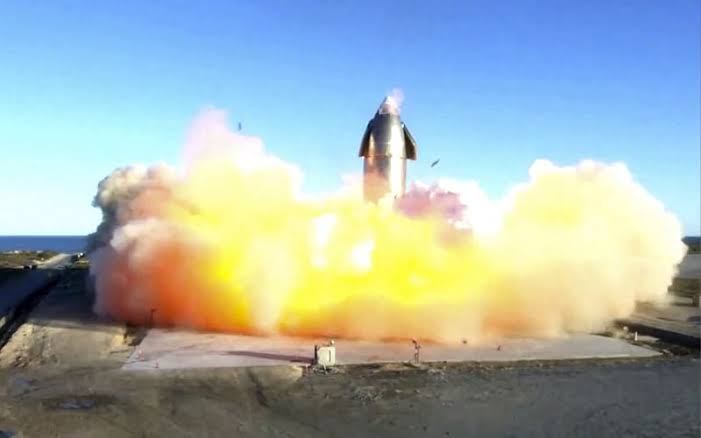
“Safety protocols are our top priority,” said Huot on the livestream. “We have a lot of measures in place, like debris response areas, where we coordinate very closely with air traffic control.” These precautions, already standard in SpaceX’s launch procedures, have now been activated once more to ensure that no significant harm comes to the public from falling rocket fragments. While the explosion was dramatic and visible from Florida and over the Caribbean, SpaceX emphasized that any surviving debris would fall within a pre-planned Debris Response Area. According to the company, “There are no toxic materials present in the debris and no significant impacts expected to occur to marine species or water quality.”
FAA Mishap Investigation and Safety Protocols
In the wake of the explosion, the FAA announced that it would conduct a full mishap investigation to determine the root cause of the failure and to implement corrective actions to prevent future incidents. The FAA’s statement stressed that the investigation is designed to enhance public safety, scrutinize SpaceX’s systems and procedures, and ensure that any issues are resolved before the next flight. “The FAA will be involved in every step of the SpaceX-led mishap investigation process and must approve SpaceX’s final report, including any corrective actions,” the agency noted.
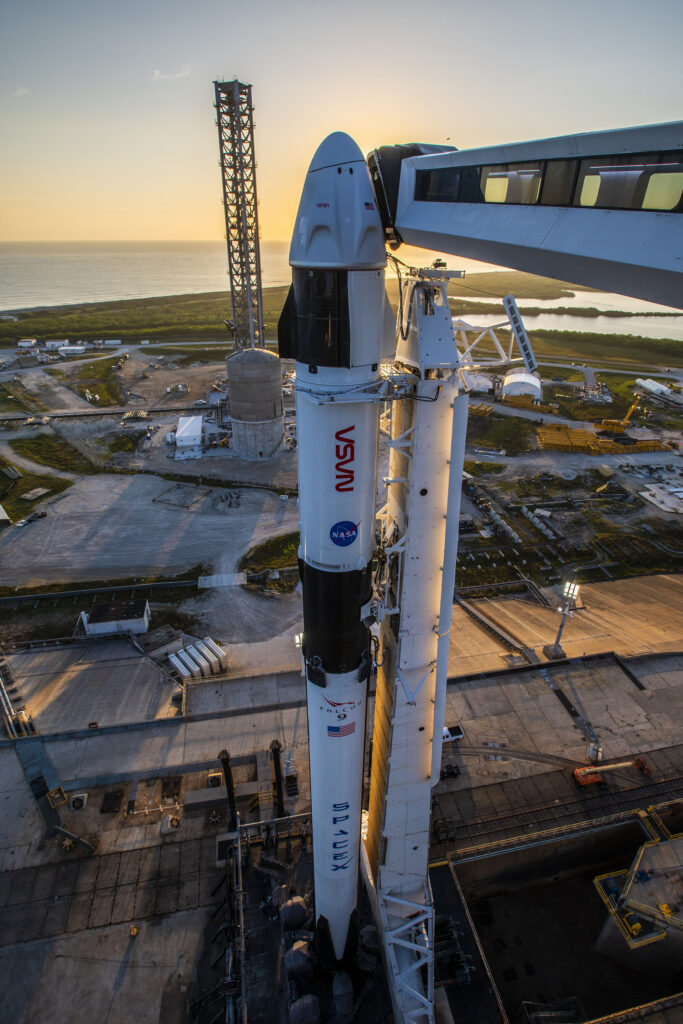
A mishap investigation of this scale is not unusual for a pioneering technology like Starship. With ambitious goals to revolutionize space travel, SpaceX faces inherent risks that require rigorous oversight by regulatory bodies. In this case, the FAA’s proactive stance aims to reassure the public and aviation experts that safety remains paramount, even as the company pushes the envelope on aerospace innovation.
The Role of Raptor Engines and Attitude Control
At the heart of the malfunction were the Raptor engines—SpaceX’s advanced propulsion systems that power the Starship’s ascent. These engines, known for their high efficiency and thrust capabilities, are critical for the spacecraft’s performance. However, in this instance, an energetic event in the aft section of the vehicle caused several of these engines to fail, resulting in a loss of control. Without sufficient engine power to maintain proper orientation, the Starship began to spin, eventually leading to a catastrophic explosion.
Engine failures of this nature not only disrupt the mission but also cast doubts on the reliability of the technology as a whole. As SpaceX prepares for more test flights and eventual crewed missions, every anomaly is closely scrutinized by engineers, regulators, and the public alike.
Lessons Learned and the Path Forward
While the explosion is a significant setback for SpaceX’s Starship program, the company remains committed to innovation and learning from its failures. SpaceX CEO Elon Musk has repeatedly emphasized that each test flight, regardless of outcome, brings valuable data that will ultimately lead to a more robust and reliable spacecraft. After canceling a previous attempt on Monday due to “too many question marks,” Thursday’s launch was the company’s eighth try to achieve a milestone in its test flight program.
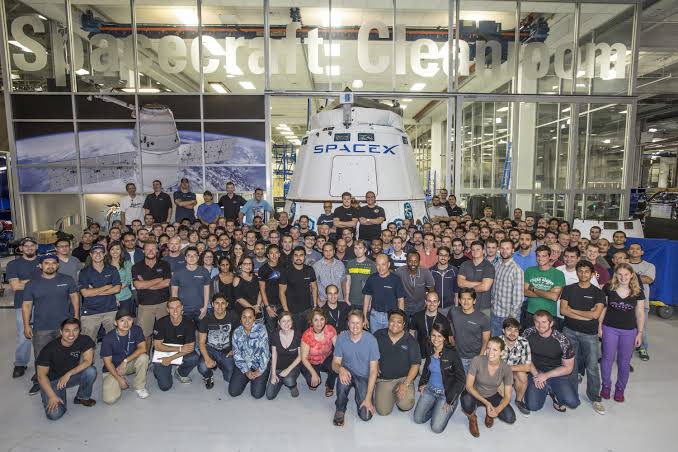
SpaceX’s philosophy of “fail fast, learn faster” is evident in its rapid iteration process. The data gathered from this latest mishap will be critical in identifying the underlying issues—whether they relate to engine performance, software glitches, or structural weaknesses—and in implementing the necessary fixes. As engineers pore over the telemetry data and debris patterns, discussions in aerospace forums and media outlets are already speculating on potential improvements. Terms like “test flight analysis,” “propulsion redesign,” and “risk mitigation” are now at the forefront of conversations regarding the future of Starship.
Implications for Future Missions and Space Travel
The explosion of the Starship spacecraft not only disrupts current operations but also has broader implications for the future of space travel. As SpaceX aims to pioneer interplanetary missions and establish a human presence on Mars, each test flight represents a crucial step toward those lofty goals. However, the setbacks serve as a stark reminder of the challenges inherent in developing breakthrough technologies.
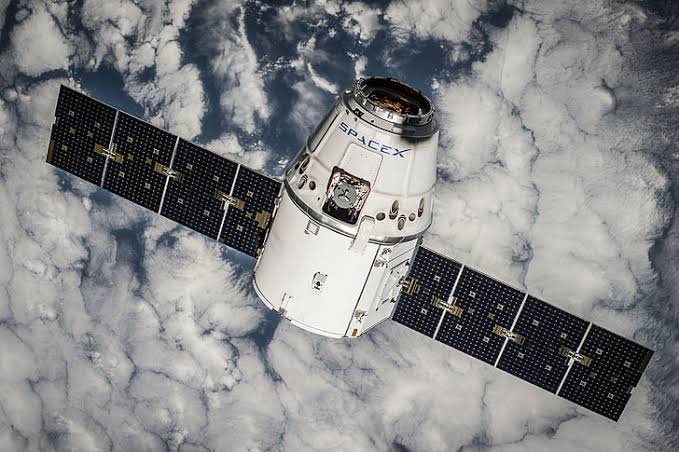
For the aerospace industry, this incident underscores the importance of rigorous testing, thorough investigations, and a relentless focus on safety. SpaceX’s ability to adapt, learn, and iterate will be vital as it continues to develop the Starship system—a vehicle that, when perfected, promises to revolutionize space exploration. The incident has sparked a flurry of activity among engineers, regulators, and industry insiders.
Disruption of Air Traffic and Public Safety Concerns
Beyond the technical aspects of the failure, the explosion had an immediate and tangible impact on everyday life. With Florida’s major airports—Miami, Fort Lauderdale, Palm Beach, and Orlando—temporarily grounded, the incident highlighted the interconnected nature of modern technology and public infrastructure. The FAA’s swift action to halt flights and monitor debris patterns was crucial in safeguarding air travel and minimizing risk to passengers and local communities.
Travelers experienced delays and diversions, underscoring the ripple effect that a single aerospace incident can have on a large region. For many, the temporary disruption served as a reminder of the potential hazards associated with launching powerful rockets from densely populated or frequently traveled areas. In response, authorities are working closely with SpaceX to ensure that future launches are conducted with even greater attention to safety and risk management.
Environmental Impact and Debris Management
One of the critical concerns following a rocket explosion is the potential environmental impact. SpaceX’s statement reassured the public that the debris from the Starship explosion, although visible from parts of Florida and over the Caribbean, did not contain any toxic materials. The company emphasized that any surviving fragments would fall within a designated Debris Response Area, a pre-planned zone designed to minimize environmental damage.
Environmental safety remains a high priority for both SpaceX and regulatory bodies. The incident has prompted further discussions on debris management and the long-term impacts of repeated launches and test flights. As space missions become more frequent, the aerospace community must balance technological progress with environmental stewardship.
The Road Ahead for SpaceX and Starship
Despite the setback, SpaceX is not deterred. The company has a track record of learning from each test flight and pushing forward with renewed vigor. As engineers begin the rigorous process of a mishap investigation—mandated by the FAA—SpaceX will analyze every aspect of the flight to identify and correct any flaws. The insights gained from this incident will be instrumental in refining the Starship system and ensuring that future missions achieve their intended objectives.

For many in the aerospace community, the resilience of SpaceX is a testament to the inherent challenges of space exploration. The company’s bold vision for interplanetary travel continues to inspire, even in the face of setbacks. With the promise of iterative improvements and a commitment to safety, the journey toward a fully operational Starship remains a work in progress, marked by both ambition and perseverance.
Final Reflections
Thursday’s catastrophic explosion of SpaceX’s Starship is a pivotal moment in the company’s quest to revolutionize space travel. While the immediate impact—ranging from disrupted air traffic over Florida to an intense FAA investigation—underscores the risks of pioneering technology, it also highlights the resilience and adaptability that define SpaceX’s approach. As the company continues to push the boundaries of aerospace innovation, each failure provides critical insights that pave the way for future success.
In the high-stakes world of rocket science, setbacks are inevitable. However, the lessons learned from this incident are likely to drive improvements that will enhance the safety, reliability, and performance of the Starship system. As SpaceX gears up for future test flights and continues to refine its launch protocols, the aerospace community and the public alike will be watching closely. The convergence of cutting-edge technology, stringent safety measures, and an unwavering commitment to innovation ensures that even in failure, progress is being made.
From the disruption of Florida air traffic to the detailed technical analysis of engine performance and attitude control, this incident serves as a stark reminder of the challenges and rewards of space exploration. As SpaceX and the FAA work together to investigate the mishap, the goal remains clear: to achieve a safe and successful launch system that can ultimately fulfill the promise of interplanetary travel.
In the coming months, as the investigation unfolds and SpaceX implements corrective actions, the incident will undoubtedly be discussed across news outlets, social media platforms, and industry conferences. The narrative of this test flight will remain a critical chapter in the story of modern space exploration.
Ultimately, while Thursday’s explosion is a setback, it is also a step forward—a necessary part of the iterative process that drives innovation. In the relentless pursuit of progress, SpaceX continues to remind us that every failure is an opportunity to learn, adapt, and eventually succeed.
In summary, the catastrophic midflight explosion of SpaceX’s Starship, now the subject of intense FAA scrutiny and industry debate, marks another challenging chapter in the quest for next-generation space travel. Despite the setbacks and disruptions, SpaceX’s commitment to learning from every flight and pushing the envelope of aerospace innovation remains undiminished. As investigations proceed and lessons are learned, the path forward promises to be as ambitious and transformative as the technology itself.
